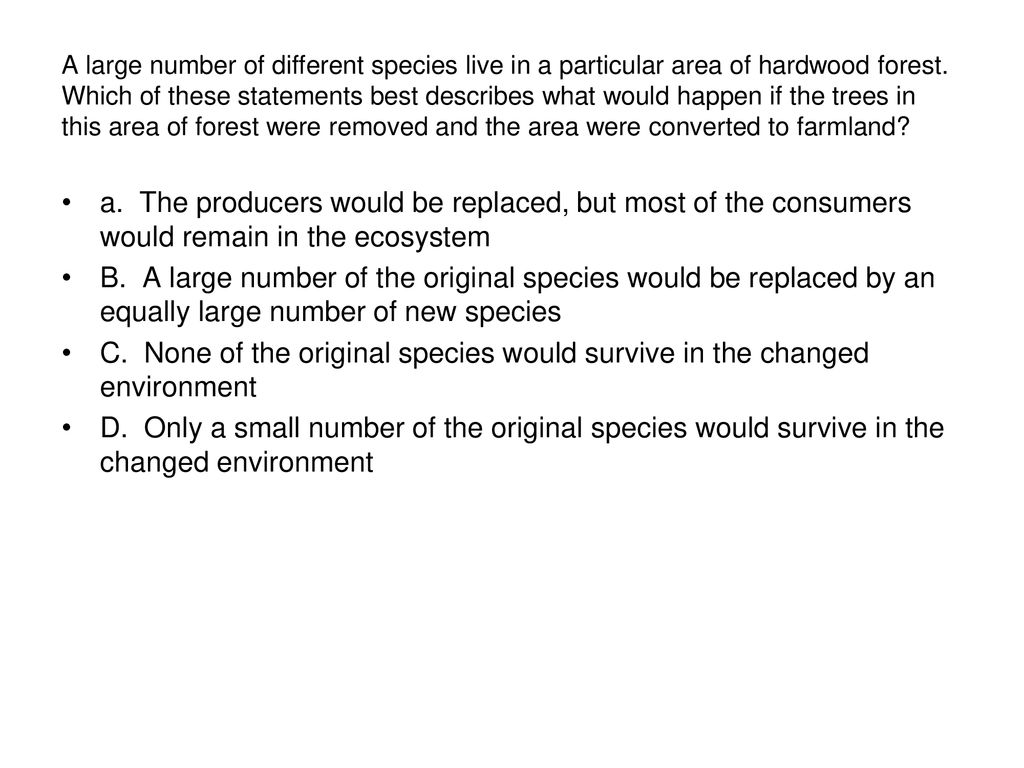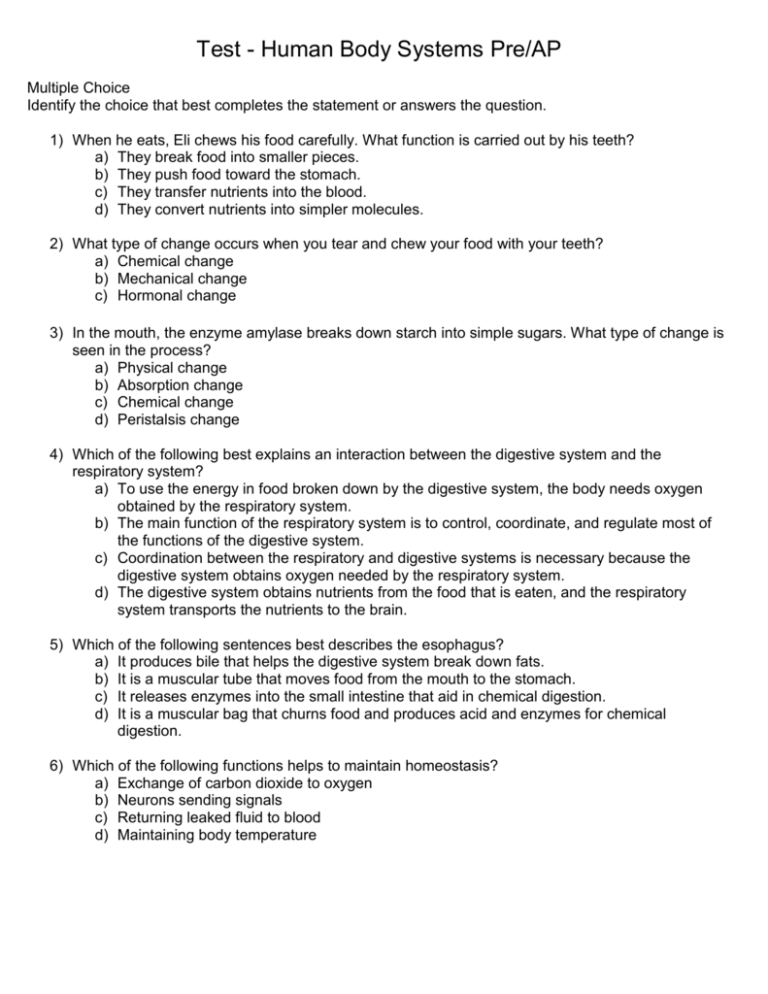Which Best Describes How Fluids Change as They Travel
Fluids become more dense at the inner portion of the convection currents. Boiling changes the liquid into a gas while evaporation makes the liquid disappear.

Matter Properties And Changes Ppt Download
A decline in muscle.

. There is no difference between boiling and evaporation as in each case a liquid is changed into a gas. Protons travel through located in the thylakoid membrane in a process. The less-dense heated fluid rises away from the heat source.
Hair cellssensory cells sitting on top of the basilar membraneride the wave. CHP is the force that drives fluid out of capillaries and into the tissues. Stand in one place.
Which species type best describes a mouse. They are highly compressible. The high viscosity prevents rapid velocity changes occurring between layers.
Perpendicular to the waves motion. This opposing hydrostatic pressure is called the interstitial fluid hydrostatic pressure IFHP. They can be considered continuous media.
Generally fluid moving at a higher speed has lower pressure than fluid moving at a lower speed. Real fluids display viscosity and so are capable of being subjected to low levels of shear stress. They are also less likely to.
Move completely down the spring. At low speeds the whole flow across a pipe is laminar and the fluid slides over itself. A consequence of this behavior is Pascals law which describes the role of pressure in characterizing a fluids state.
How to maintain it. In contrast liquids deform easily when stressed and do not spring back to their original shape once the force is removed because the atoms are free to slide about and change neighborsthat is they flow so they are a type of fluid with the molecules held together by their mutual attraction. The diagram shows the changes in state of water H 2 O.
When a liquid is placed in a container with no lid on it remains in the container. Those molecules travel through the constriction faster by using some of the speed from their thermal velocity. The change in the membrane voltage from -70 mV at rest to 30 mV at the end of depolarization is a 100-mV change.
Fluids are different from solids mainly because. As fluid exits a capillary and moves into tissues the hydrostatic pressure in the interstitial fluid correspondingly rises. Plus throughout the aging process the kidneys naturally lose some of their ability to conserve water and concentrate urine leading to greater fluid losses through urination.
Plotting voltage measured across the cell membrane against time the action potential begins with depolarization followed by repolarization which goes past the resting potential into. Again refer to. This lesson describes Bernoullis principle from several different perspectives appropriate for a range of age groups and lists a number of activities and demonstrations that use Bernoullis principle.
It also helps cool the transmission. This phenomenon was first described by Daniel Bernoulli in 1738 in his book Hydrodynamica and. Once the vibrations cause the fluid inside the cochlea to ripple a traveling wave forms along the basilar membrane.
The study of how seismic waves change as they travel through Earth has revealed that 1 P-waves travel more slowly than S-waves. The sub layer in viscous fluids is thicker than in low viscosity fluids. It lubricates the moving parts and prevents build-up by acting as a cleaning agent.
A huge undersea earthquake off the Alaskan coastline could produce a 1 tsunami 3 hurricane 2 cyclone 4 thunderstorm 7. Parallel to the waves motion. Convection currents form because when a fluid is heated it expands becoming less dense.
They deform without arriving to an equilibrium. As a longitudinal wave moves forward the particles move. Figure 1257 Graph of Action Potential.
In a solid shear stress is a function of strain but in a fluid shear stress is a function of strain rate. They change to solids at the outer portion of the convection currents. A rule of thumb is to change your transmission fluid every 60000 miles.
Which best describes how fluids ch ange as they travel through different portions of the convection currents. 3 travel faster than S-waves 4 can travel through liquids and S-waves cannot 6. All of them are true.
Generally the CHP originating from the arterial pathways is considerably higher than the IFHP because. The more viscous or less slippery a fluid the harder it is to get shearing between layers. The rule-of-thumb for brake fluid changes is every two years every three months for track vehicles but there are test strips available for reading the copper content in.
An electron which is released by a process called in the thylakoid enters where it is energized and used to convert energy. Transmission fluid does for the transmission what oil does for the engine. Convection currents transfer heat from one place to another by mass motion of a fluid such as water air.
Hair cells near the wide end of the snail-shaped cochlea.

Lesson Worksheet Total Internal Reflection Nagwa

The Diagram Shows The Sun S Interior Convection Currents Are Present In The Convection Zone Brainly Com

Comments
Post a Comment